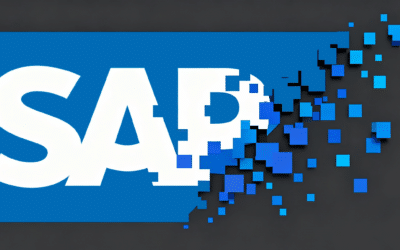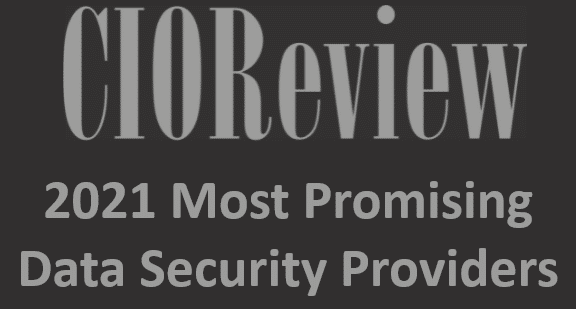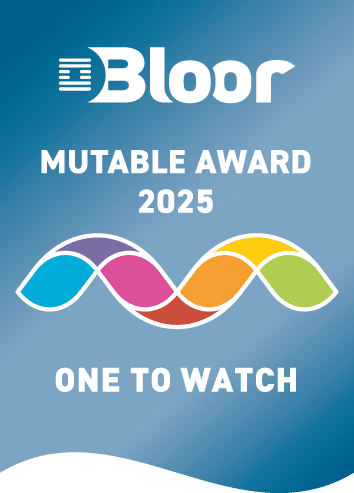Here There Be Dragons! Mapping IT Environments
Why Map your IT Environments
Mapmaking, or cartography, has been an integral part of the human history for tens of thousands of years. From paintings in caves to ancient maps of Babylon, Greece, Rome and Asia, through the Age of Exploration by the Stars, town planning to avoid contention and onto today with the likes of Google Maps & Geo-Location-ing. People, government & businesses, have created and used maps as a tool to help them define, explain, and navigate their way through towns, cities, counties and the world itself. And Imagine the risk of doing trade without them?- Scope: Destination unknown
- Cost: Journey expensive due to sub-optimal route
- Risk: You might never get there (Here there be Dragons)
- Time: Late delivery (assuming you get there)
- Quality Risk of spoilt goods
- “Where does “Mapping” sit in the realms of IT & Digital Delivery?”
The Value of IT Environments Mapping
So why is Environment Mapping so important, well here are 5 reasons: 1 Knowledge via a single pain of glass Establish a holistic view of your IT landscape that allows you to bring it all together and abridges IT and Business appreciation, team upskilling and cross team collaboration. Understand your Environments Lanes and their sub-structure. Structure consisting of System Instances consisting of Applications, Data & Infrastructure and of course relationships with other Systems, Projects and the Business itself. 2 Consolidate and/or Grow Decisioning Easily identify whether you have “footprints” that are over or under sized. Recognise over proliferation & quickly identify opportunities to save costs through proactive housekeeping and decommissioning. Or recognise under Proliferation, that causes contention, disruption & project bottlenecks, and address to streamline your delivery chain. 3 Simplified Service Management Streamline troubleshooting and impact analysis after System or Component incidents & issues. Instantly recognise what is up and down and identify what that means i.e. how is it impacting your business, processes, other systems and the delivery process itself. 4 Project Readiness & Streamlining Ensure Project Environment needs (and any gaps to goal) are immediately understood and accommodated i.e. Shit Left your Design, Architecture and Build practices and ensure your Environments are “Fit for Purpose” and provided in a timely fashion. 5 Delivery Chain Optimization Environments Mapping is the foundation for Behaviour Mapping i.e. it is not just about the boxes (as was often the focus in the early CMDB days). By attaching key metadata, for example system versions or data compliance, you can start to identify gaps and opportunities for ongoing improvement, for example the need to introduce tooling and/or automate key tasks.Tips on successful IT Environment Mapping
So, with the above benefits in mind, how does one go about successfully mapping their IT Environments. Well to be honest that’s probably beyond any brief post, however I’d offer the following pointers:- Map Top Down! IT is the backbone of business, so start from a business perspective. This will allow you to develop “meaningful” associations across Business Units, Finance, Programs & Technology itself.
- Ensure its living! Visio Diagrams & Excel diagrams are static and get out of date very quickly. Implement methods & automation to ensure maps are continually regenerating. Technical debt is the reason 95% of CMDBs fail.
- Don’t think Box! Mapping need not and should not be focused on the physical. Think more broadly about how these maps will allow you to get to your corporate destination. For example, help projects deliver more quickly or cost-effectively by interlacing key meta data that allows effective insight and decision making.
- Don’t leave it to your Infrastructure Team! Or more fairly, don’t let the tail wag the dog. Sure, Infrastructure is important, but mapping bottom up should be a compliment to Top Down opposed to a “practical” alternative.
Summation
Whether you prefer to call it Enterprise “Configuration Management” or “Environment Mapping”, it is clear, delivery agility comes from transparency, collaboration, less disruption and good operational decision making, and understanding your systems & relationships is key to that success. Anyhow, let me know what you think.Relevant Articles
A Detailed Guide to SAP Data Masking
SAP systems handle some of the most sensitive data in the enterprise: financial transactions, HR information, supplier records, customer profiles, operational details, and more. For that reason, copying production data into non-production systems without modification...
Release vs Deployment Management: What’s the Difference?
In the always-an-adventure world of IT service management, there are several key processes that are essential for delivering high-quality services to customers and end-users. Two of the most critical processes are release management and deployment management. These...
7 Tools to Help with Application Rationalization
Application rationalization is the process of identifying which applications an organization should keep, update, consolidate, or retire. Think of it as a financial adviser, but instead of your investment portfolio, it's your application portfolio. Most companies take...
Pairing DevOps with Test Environment Management
For many organizations, DevOps is the best practice for efficiency. However, this model doesn’t come easily as the organization needs to put certain things in place. For example, the firm needs to incorporate the right tools to ensure its delivery pipeline and...
8 DevOps Anti-Patterns You Should Avoid
It’s the normal case with software buzzwords that people focus so much on what something is that they forget what it is not. DevOps is no exception. To truly embrace DevOps and cherish what it is, it’s important to comprehend what it isn’t. A plethora...
An Introductory Guide to Guidewire Data Masking
Testing is an essential part of maintaining a healthy Guidewire environment. But because Guidewire applications handle large volumes of personally identifiable information (PII), simply copying production data for testing or training isn’t an option. This is where...










